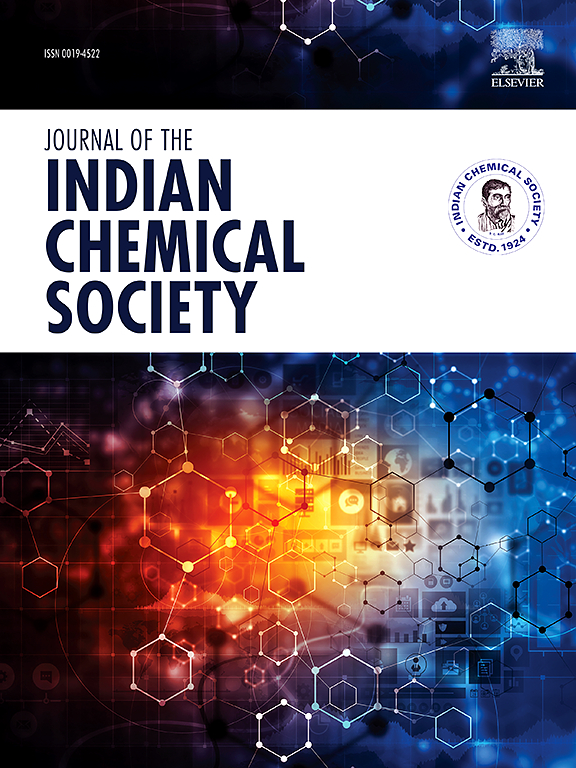Study of faradic and non-faradic behaviour in a compost-based symmetric energy storage device
IF 3.2
4区 化学
Q2 CHEMISTRY, MULTIDISCIPLINARY
引用次数: 0
Abstract
The abundance of compost and its bio-circular economy, wherein bio-waste seamlessly transforms into compost, renders it a promising candidate for investigation as a new type of biomaterial for storing renewable energy; to that effect, in this work the capacitive and non-capacitive charge storage in a compost based symmetric device configuration have been investigated. Normally, capacitive charge storage aligns with the principles of dielectric or electrolytic capacitance, which is non-faradaic in nature; however, in the case of batteries, faradaic processes dominate for non-capacitive charge storage. Due to the complex nature of compost, the type of compost and the type of current collectors have been varied while using distilled water as an aqueous media, and the investigation in this work encompasses both capacitive and non-capacitive processes in a symmetric dual current collector device to delineate and discern the diverse charge storage mechanisms inherent to capacitors and batteries. Test cells have been optimised with respect to volume, distance between the current collector, and variation in applied current; following that, optimised test cells have been analysed using cyclic voltammetry (CV), galvanostatic charge-discharge (GCD) studies and electrochemical impedance spectroscopy (EIS) to study non-faradaic and faradaic processes in terms of charge storage capability, charging and discharging time, specific capacitance, and specific capacity. To observe the role of microorganisms in the compost, autoclave studies using the best compost sample (baked at 120 °C for 60min) have also been performed. In addition, chrono-amperometry studies have been performed to investigate the stability of the device. The results show a multifunctional charge storage behaviour in compost being used as a bio-media, and hence, this work lays a foundation for a new type of eco-friendly bio-media for charge storage.

求助全文
约1分钟内获得全文
求助全文
来源期刊
CiteScore
3.50
自引率
7.70%
发文量
492
审稿时长
3-8 weeks
期刊介绍:
The Journal of the Indian Chemical Society publishes original, fundamental, theorical, experimental research work of highest quality in all areas of chemistry, biochemistry, medicinal chemistry, electrochemistry, agrochemistry, chemical engineering and technology, food chemistry, environmental chemistry, etc.

 求助内容:
求助内容: 应助结果提醒方式:
应助结果提醒方式:


